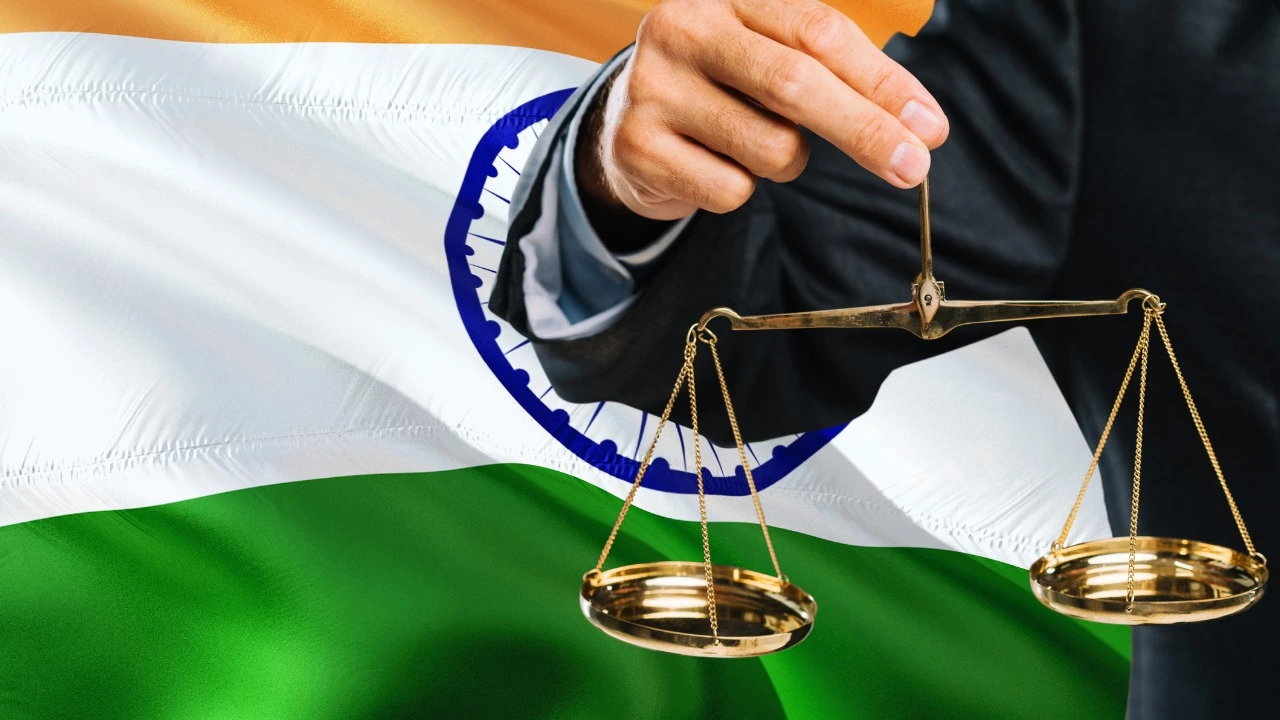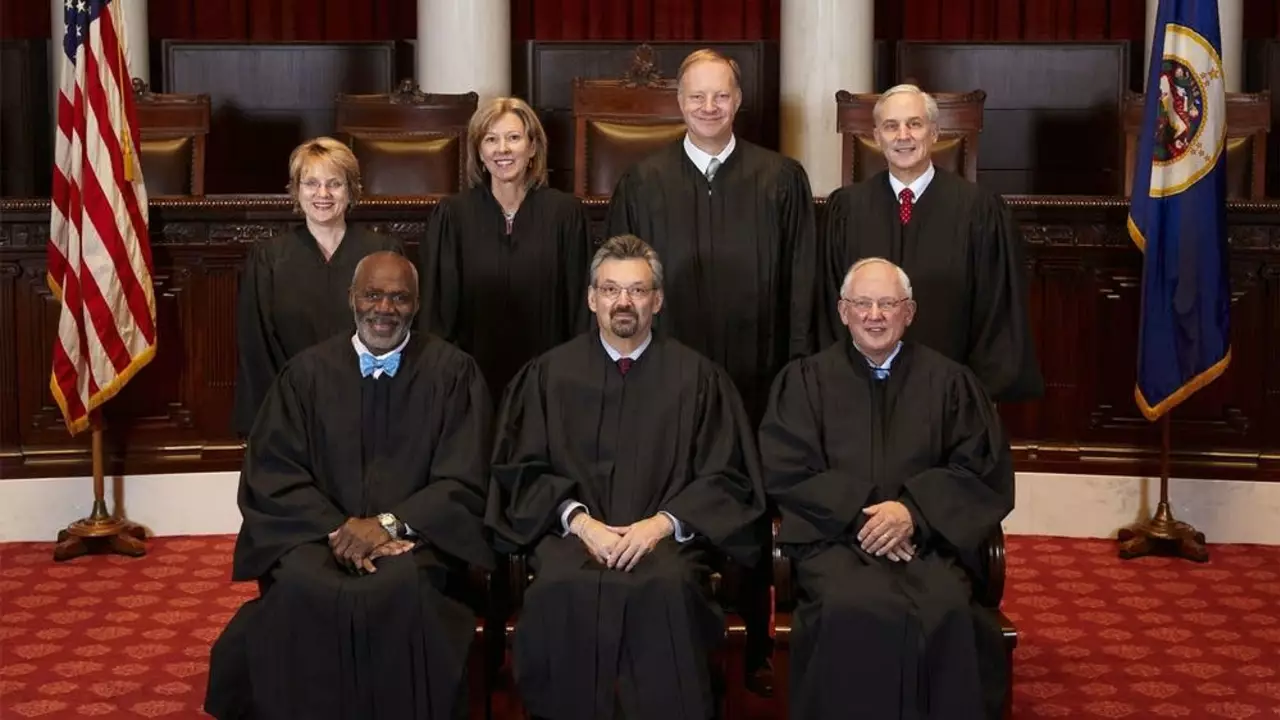Supreme Court of India — Latest Cases, Bail Orders & Verdicts
The Supreme Court of India shapes big legal outcomes that touch politics, business and everyday life. Here you’ll find clear summaries of major rulings, high‑profile bail orders and practical takeaways. We focus on what decisions mean for citizens, not just legal jargon.
Take the Arun Gawli bail story: the Supreme Court granted him relief in a long‑running case tied to a 2007 murder. That release raises questions about public safety, parole rules and how decades‑old convictions are reviewed. Cases like this show how the court’s orders can change local dynamics overnight.
Not every case is dramatic, but many have large ripple effects. The court rules on election disputes, rights, business disputes and administrative actions. Its judgments set legal standards that lower courts must follow. If you want to understand why a ruling matters, look for the court’s reasoning — that’s what actually changes how laws get applied.
How Supreme Court decisions affect you
Want practical impact, not just headlines? Here are quick examples: a bail order can free a person while their appeal runs, affecting police action and public debate. A constitutional judgment can change government policy, affecting taxes, jobs or welfare programs. Even seemingly narrow rulings can alter rights at workplaces, schools or hospitals.
When the court issues a landmark judgment, businesses and officials often update policies. Lawyers adjust arguments. Citizens might see benefits or face new limits. That’s why watching the Supreme Court matters beyond legal circles.
How to follow major Supreme Court cases
You don’t need to read full judgments to stay informed. Follow reliable summaries that highlight the issue, the court’s ruling, and the practical next steps. Check who filed the case, what law is at stake, and whether the court stayed earlier orders. Those details tell you whether the ruling is temporary or final.
For big stories, expect experts and politicians to react quickly. Compare reactions to the judgment itself. Ask: does the court give clear instructions for implementation? If not, the case may go back to lower courts or lead to new petitions.
On this tag page we collect coverage of Supreme Court actions that matter to real people — bail decisions, landmark verdicts and disputes that reach the highest bench. We explain why judges ruled the way they did and what comes next. If a headline confuses you, our short summaries cut through the noise and point to what you need to know.
Want alerts on new Supreme Court stories? Keep an eye on updates under this tag. We’ll summarize the key points, note public reactions, and spell out the likely real‑world effects so you can stay informed without legalese.
Can I file a case directly in the Supreme Court of India?
Hey there, folks! So, you have a burning question - can you march right up to the Supreme Court of India and file a case? Well, hold your horses, it's not exactly a walk in the park. The Supreme Court primarily deals with appeals and cases that involve interpretation of the Constitution. So, unless your case is the legal equivalent of a Bollywood blockbuster, you'll likely start at the lower courts. So, in short, you can't just waltz into the Supreme Court with a case unless it's got some serious constitutional spice!
learn moreHow to send some suggestions to the Supreme Court of India?
In my recent blog post, I discussed the process of forwarding suggestions to the Supreme Court of India. It's important to note that while everyone has a right to voice their ideas, there's a standard protocol to follow. This includes drafting a professional letter detailing your suggestions and sending it via registered post to the Registrar of the Supreme Court of India. However, it's crucial to remember that these suggestions should be respectful, well-reasoned, and within the bounds of the law.
learn more
